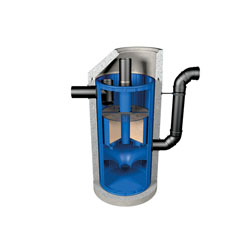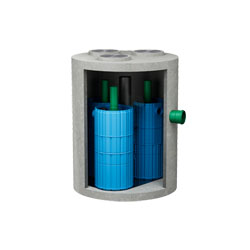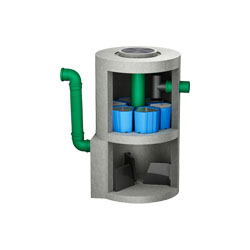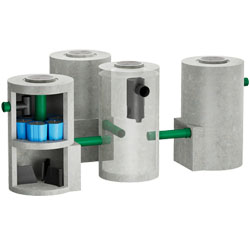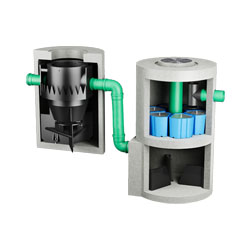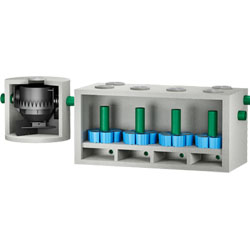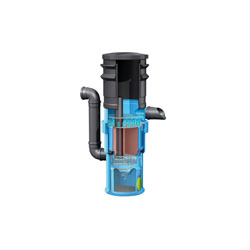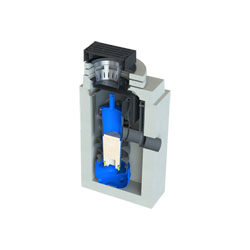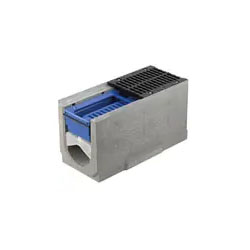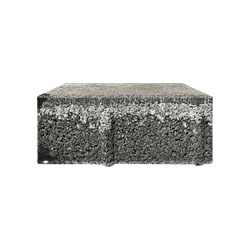OUR
FILTRATION SYSTEMS
SEDIMENTATION, ADSORPTION, FILTRATION AND ION EXCHANGE
PRODUCT OVERVIEW FILTRATION SYSTEMS
WHAT IS FILTRATION?
RETENTION OF SOLIDS AND DISSOLVED
POLLUTANTS WITH THE ASSISTANCE OF A FILTER SUBSTRATE
If further requirements are placed on stormwater treatment, whether for discharge into groundwater; in sensitive surface waters or for heavily polluted areas, sedimentation alone is no longer sufficient.
Filtration using specially configured filter substrates enables the targeted removal of dissolved pollutants from stormwater. Zeolites act as ion exchangers for dissolved heavy metals from traffic or metal roof runoff. Activated carbon with its large inner surface area is used for the adsorption of dissolved organic substances.
Admixtures of calcium silicates can reduce phosphate levels. In addition, our specially developed substrates are able to retain mineral oils and fine solids and thus protect water bodies from contamination.
ADVANTAGES
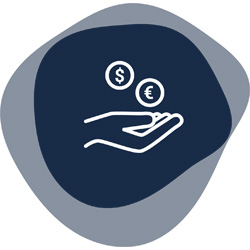
COST-EFFECTIVE
- Significantly less excavation due to compact size
- No long sedimentation distances necessary
- No space required above ground
- Low maintenance effort
- Full flow treatment possible

POWERFUL
- High level of retention of fixed sinks (TSS)
- Proven oil retention
- Heavy rain tested
- Operational reliability based on years of field tests
- No blocking possible

USER-FRIENDLY
- Different sizes
- Virtually unlimited combination options
- Individual inlet and outlet angle possible
- Variable connection sizes
- “Plug & Play” delivered to the construction site ready for connection
- Quick and easy inspection and maintenance
- Maintenance carried out by our partner

PLANNING SAFETY
- DWA – A 102 compliant
- DWA – M 153 compliant
- LANUV – List NRW
- IKT – Tested
- NJDEP – Audited
- No height offset
- Support with planning and design
- Comparability with rainwater clarifiers
FUNCTIONAL PRINCIPLE
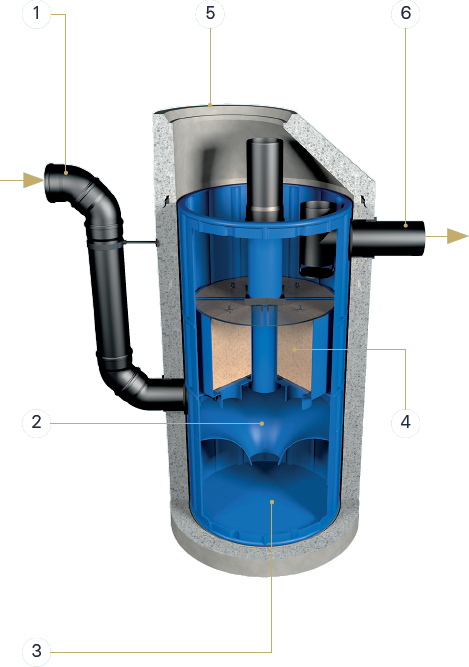
①
The stormwater from the area to be drained is discharged at the lower end of the shaft. The deflection aid deflects the water tangentially.
②
Here, the sedimentation of particles, especially of the sand fraction, takes place in a hydrodynamic separator due to turbulent secondary flows in a radial, laminar flow regime.
③
These are collected in a sludge trap under the system via an opening in the lower part of the manhole. The sludge trap is vacuumed out at intervals.
④
There are four filter elements in the middle of the manhole. This filters the fine particles using the upflow method and adsorbs a large proportion of the dissolved pollutants.
The filter can be backwashed from above and can be easily replaced if it becomes completely clogged.
⑤
The filter elements can be easily removed via the existing shaft opening.
⑥
The clean water is located above the filter elements. It passes through an oil barrier and then flows via the drain into the seepage system or a surface water body.
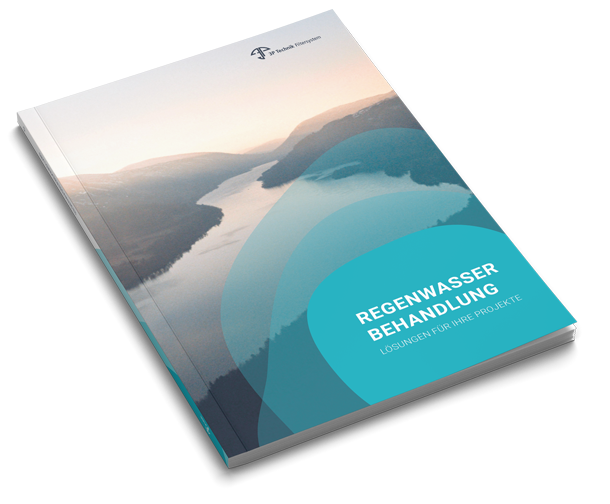
3P TECHNIK CATALOGS
AS DOWNLOAD
If you would like detailed information, you can take a look at our catalogs in advance. You can also find drawings and various documents.
YOU NEED PROFESSIONAL
SUPPORT OR
HAVE QUESTIONS FOR US?
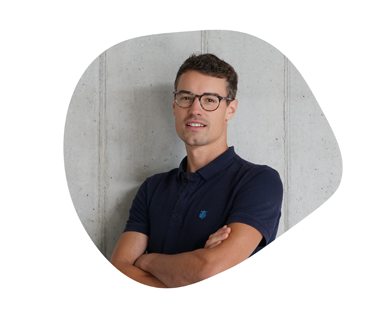
Jonas Bitterling, M. Eng.
Project Engineer
Tel +49 (0) 7334 92460-12
Mail bitterling@3ptechnik.de

Daniel Betschner,
Master Professional of
Technical Management (CCI)
Project Engineer
Tel +49 (0) 7334 92460-32
Mail betschner@3ptechnik.de

